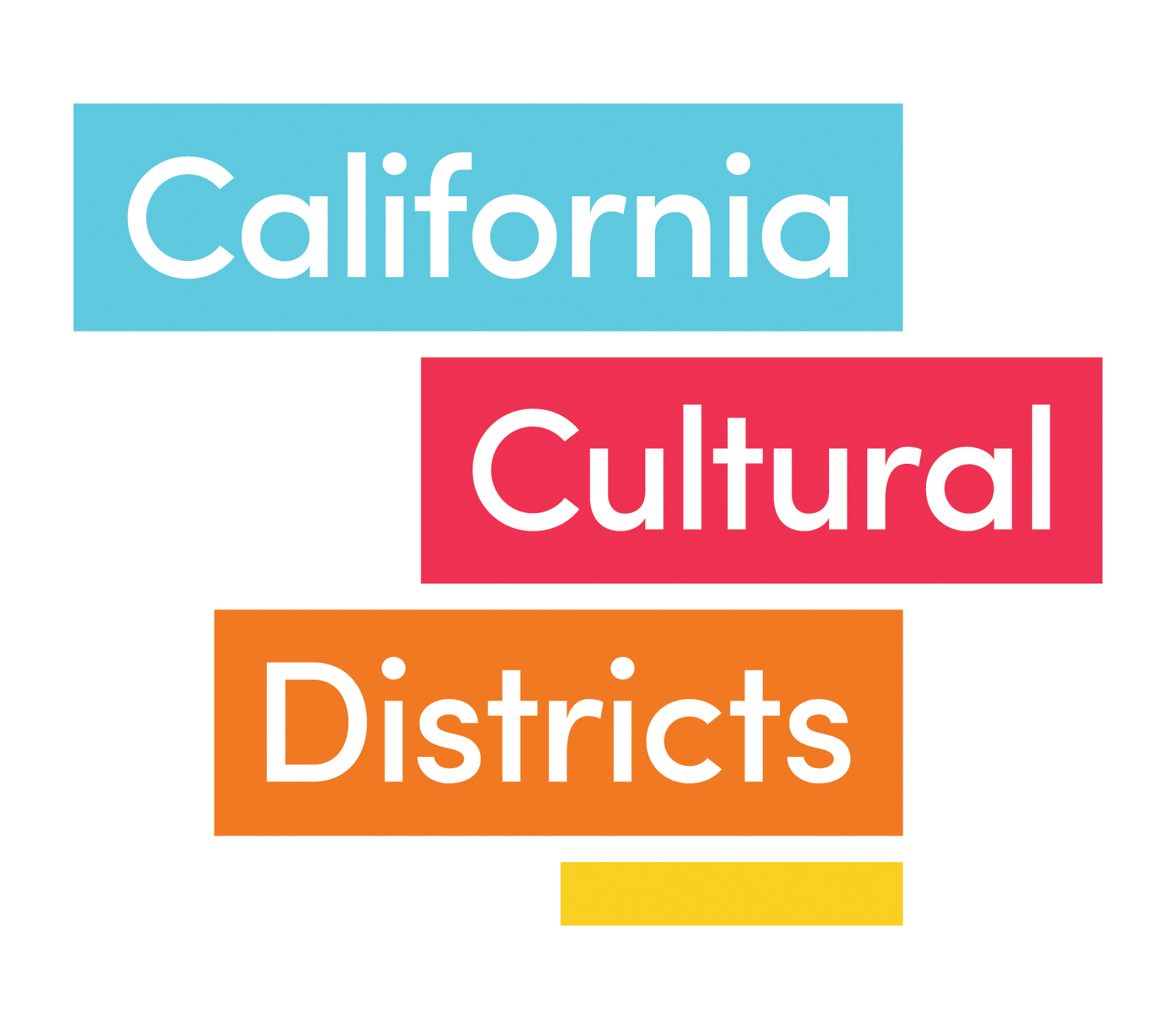Glossary of Terms
Business improvement district (BID) - A defined area within which businesses pay an additional tax or fee in order to fund improvements within the district's boundaries. An example of a business improvement district with a cultural and historic focus is the Central Avenue Historic District BID in Los Angeles.
Community engaged design, as defined by the Surdna Foundation, one of the leading funders of the approach, is when community members contribute to decisions, policies and projects that impact their lives. We believe that artists, architects, and designers can play an important role in translating community values into design solutions that will benefit the communities where they live and work. Although most often used in reference to the design of physical resources, it also applies to policies and programs.
For additional information on community engaged design please see this site funded by the Surdna Foundation: http://communityengageddesign.org/about-us/.
Creative placekeeping, as defined by the U.S. Department of Arts and Culture, is the active care and maintenance of a place and its social fabric by the people who live and work there. It is not just preserving buildings but keeping the cultural memories associated with a locale alive, while supporting the ability of local people to maintain their way of life as they choose.
For additional information on creative placekeeping, see the U.S Department of Arts and Culture: https://usdac.us/blogac/2017/12/11/creative-placemaking-placekeeping-and-cultural-strategies-to-resist-displacement.
Creative placemaking, as defined by the National Endowment for the Arts is when artists, arts organizations, and community development practitioners deliberately integrate arts and culture into community revitalization work - placing arts at the table with land-use, transportation, economic development, education, housing, infrastructure, and public safety strategies.
For additional information on creative placemaking please see ArtPlace America http://www.artplaceamerica.org and the Our Town Program at the National Endowment for the Arts https://www.arts.gov/grants-organizations/our-town/introduction.
Cultural asset inventory is a compilation of the people, places, organizations, and events that contribute to the history and culture of a neighborhood or district. It can take many forms including a list, a database or a map. Communities throughout the country, and throughout the world, are finding it to be a valuable tool in understanding the unique qualities that they value in a place. For the purposes of the California Cultural Districts application, the California Arts Council has provided the following Cultural Asset Inventory Worksheet.
Cultural district is generally understood as a well-defined geographic area with a high concentration of cultural resources and activities. In AB 189, the legislation that establishes cultural districts in California, the following inclusive language is used to describe districts and the purposes they serve: “state-designated cultural district” means a geographical area certified pursuant to this chapter with a concentration of cultural facilities, creative enterprises, or arts venues that does any of the following:
(1) Attracts artists, creative entrepreneurs, and cultural enterprises.
(2) Encourages economic development and supports entrepreneurship in the creative community.
(3) Encourages the preservation and reuse of historic buildings and other artistic and culturally significant structures.
(4) Fosters local cultural development.
(5) Provides a focal point for celebrating and strengthening the unique cultural identity of the community.
(6) Promotes opportunity without generating displacement or expanding inequality.
General information on cultural districts is available from Americans for the Arts at http://www.americansforthearts.org/by-program/reports-and-data/toolkits/national-cultural-districts-exchange-toolkit
Land-use tools are multiple and varied, with the most common being land-use restrictions generally accomplished through zoning. Various articles on land-use written for non-planners are available here at Planners Web http://plannersweb.com/topics/basic-tools/zoning-land-use-regulations/.
Technical assistance (TA) is the process of providing the expertise needed to an individual or organization in order to assist with a specific issue or to promote greater capacity within the organization. Some of the most common ways of providing technical assistance include one-on-one consultation, peer to peer learning, or through an on-line information resource. A resource for technical assistance in California is the Center for Non-Profit Management https://cnmsocal.org/
Types of cultural districts for California's program - The California Cultural Districts program refers to a basic typology for cultural districts in California, including geographic context (urban, suburban, & rural) and focus (production, heritage).
· Cultural production district means a district that emphasizes the creation of art, craft, and other creative products, with a concentration of artist studios, creative workplaces, and other assets focused on production. An example might be an artist studio district.
· Cultural heritage district means a district that focuses on a particular culture, tradition or history. An example might be a Chinatown district or a downtown historic district.
